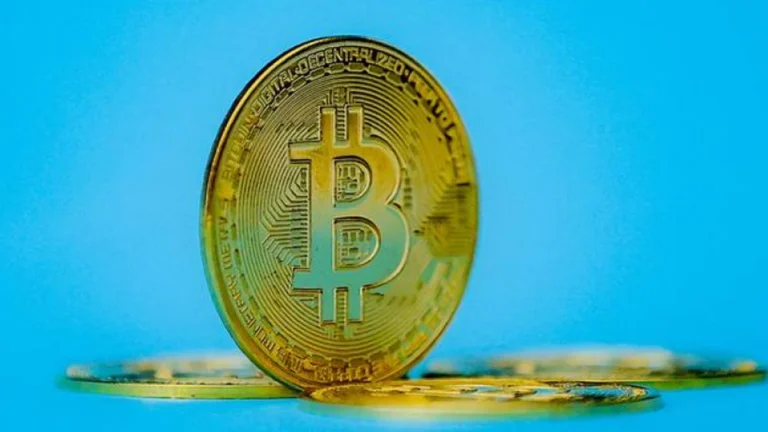On Monday, Bitcoin’s value surpassed the $40,000 mark for the first time since May of the previous year, fueled by growing optimism that the United States will soon greenlight more extensive trading of the preeminent cryptocurrency.
2022 has seen a remarkable surge in Bitcoin’s value, with an increase of nearly 150 percent. This rise is largely attributed to the anticipation that U.S. regulators might approve the creation of exchange-traded funds (ETFs) for Bitcoin. These ETFs would mirror Bitcoin’s price, offering the public an opportunity to invest in the cryptocurrency without directly purchasing it.
Lucy Guzmararian, the founder of Token Bay Capital, expressed to Bloomberg the high expectations surrounding the potential for institutional investment in U.S. markets through a compliant and legitimate avenue, which could propel Bitcoin to unprecedented heights.
As of early Monday, around 0400 GMT, Bitcoin was trading over $40,700.
Despite this surge, Bitcoin’s current value is still significantly lower than its peak of almost $69,000 in 2020. However, this rally indicates a resurgence following various scandals and collapses that previously shook the crypto world.
Notably, FTX, the second-largest crypto exchange globally, collapsed last year, and its former CEO Sam Bankman-Fried now faces severe legal charges. Additionally, Changpeng “CZ” Zhao recently stepped down as CEO of Binance, the largest crypto exchange, following the company’s guilty plea to major money laundering violations.
The U.S. Securities and Exchange Commission is currently reviewing a Bitcoin ETF application from Grayscale, along with proposals from other entities like BlackRock and ArkInvest. A decision on Ark Invest’s application is expected by January 10 at the latest.
Bitcoin’s recent momentum is also linked to expectations that the U.S. Federal Reserve might halt its interest rate hikes and possibly reduce rates next year.
Another significant factor driving Bitcoin’s value is the anticipated “halving” event set for May 2024. Bitcoin is generated through mining, a process where computers solve complex problems, but the total supply is capped. Every four years, the mining reward halves, leading to a reduction in new Bitcoin creation.


